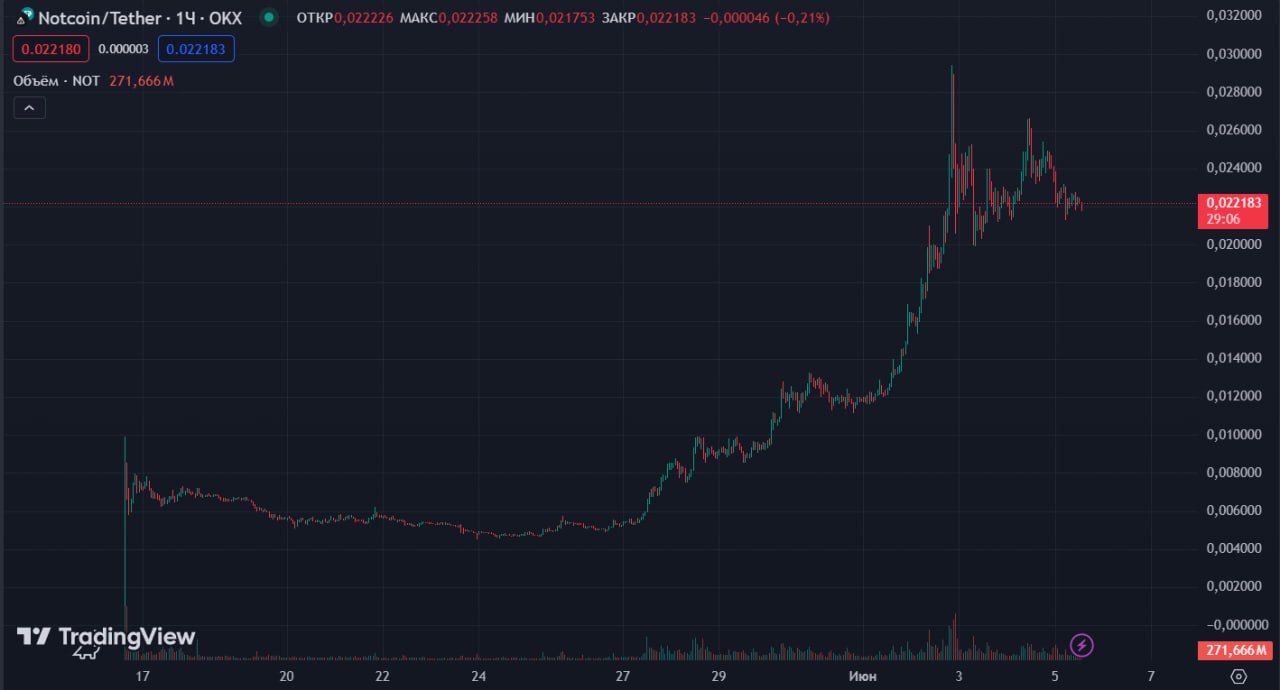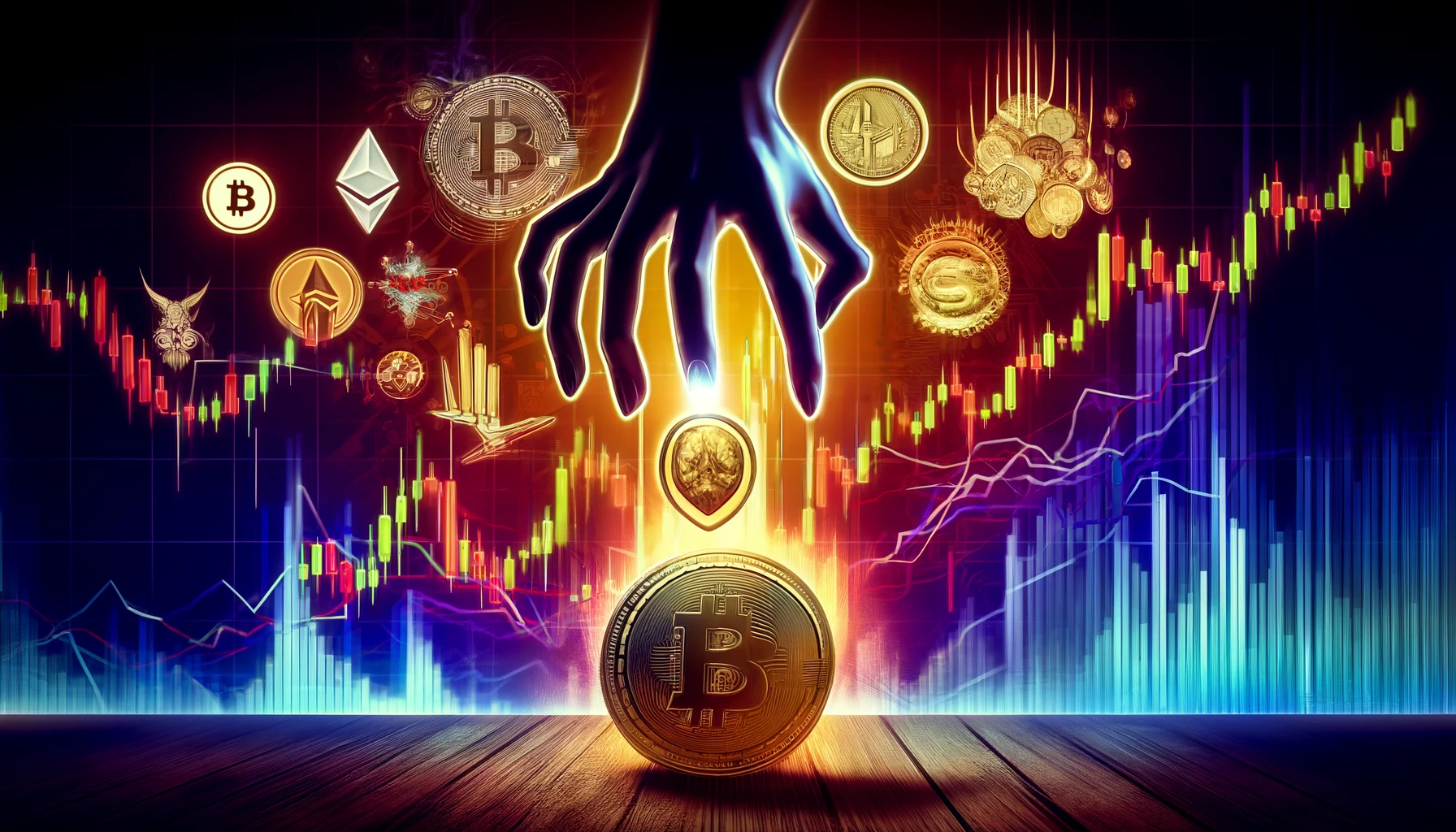The need for market making services in the modern world is becoming increasingly relevant every year, driven by the characteristics of the cryptocurrency market. Market makers play a key role not only in traditional financial markets but also in the cryptocurrency sector, providing liquidity and stability for trading operations.
Let’s explore what market makers are, the functions they perform, and why their work is so important for the effective functioning of the crypto market.
- Who is a Market Maker? Their Tasks and Goals
- How Market Makers Operate and Earn
- Market Making Strategies
- Impact of Market Makers on the Cryptocurrency Market
- Key Risks and Challenges in Market Making
- Conclusion
Who is a Market Maker? Their Tasks and Goals
A market maker (MM) is a market participant who trades an asset within predefined price and volume ranges to maintain market stability.
Their main function is to create demand and supply by actively participating in trading, creating a live market, and encouraging investors and traders to trade the asset. A market maker can be a specialized company, such as a bank or broker, or an individual. In financial markets, a market maker operates officially and openly, in compliance with the laws and exchange requirements. Exchanges or companies interested in enhancing the market efficiency of a specific asset may hire market makers.
When a new asset, such as company stocks after an IPO, begins trading on an exchange, the price can be unstable. Chaotic investor behavior and lack of liquidity can lead to sharp price swings, reduced trading volume, and significant differences between buy and sell prices.
To prevent this, the exchange or issuer may bring in a market maker. This is a large organization with substantial capital and a team of professional traders, pursuing several important goals to enhance market efficiency:
- Creating liquidity. The market maker ensures the necessary volume of the asset for transactions, creating a stable flow of trading orders. This allows investors and traders to make trades of any size at various prices. For example, a market maker may commit to simultaneously placing buy and sell orders for a specific asset totaling $1 million during each trading session from 10:00 AM to 3:00 PM for a month.
- Preventing sharp price swings. The market maker ensures smooth price movements for the asset, preventing sharp drops and spikes in quotes. They ensure that the spread, i.e., the difference between buy and sell prices, is minimal.
- Mediating large transactions. With insufficient liquidity on the exchange, a large transaction can disrupt market stability. In such cases, the market maker can execute the transaction off-exchange, acting as an intermediary between the large buyer and seller.
How Market Makers Operate and Earn
Market makers have a broader range of earning opportunities compared to traders and investors, as their income is not limited to price movements alone. Here are some of the ways they can earn:
| Earning Method | Actions | Profit |
|---|---|---|
| Spread | Placing orders on both sides of the order book. For example, selling at $99.5 and buying at $100.5. | The difference between Ask and Bid ($1) for each completed transaction |
| Arbitrage | Utilizing market inefficiencies through various arbitrage strategies. | Varies depending on the strategy and market conditions. |
Income from price differences on different exchanges
| Service | Description | Earnings |
|---|---|---|
| Fees for Providing Liquidity | Fixed fees, bonuses, and discounts. | Fixed payments and additional rewards. |
| Off-Exchange Transactions | Mediating between large buyers and sellers. | Percentage from large off-exchange transactions. |
Market makers employ complex strategies and algorithms to perform their role, carefully monitoring market conditions such as trading volumes, price movements, and market sentiment. Based on this analysis, they adjust their buy and sell prices to maintain a balanced order book and attract buyers and sellers.

Their profit is generated from the spread between buy and sell prices, while they contribute to improving market efficiency and stability.
Market Making Strategies
Market makers use various strategies to perform their role effectively. It’s worth noting that passive and statistical market making are the most common, as they differ in their approach to pricing and risk management:
- Passive Market Making. Market makers place limit orders at specific price levels and wait for other traders to trade against their orders. They earn a profit from the price difference (spread) between bid and ask prices while avoiding excessive risk.
- Statistical Market Making. This strategy involves analyzing historical trading data and market trends to predict price movements. Market makers use statistical models and algorithms to dynamically adjust their quotes based on market conditions.
- Market Making in High-Frequency Trading (HFT) uses advanced algorithms and technologies to execute a large number of trades at high speed. The goal of this approach is to provide market liquidity through constant buying and selling of cryptocurrency. Algorithms and computing systems help identify and exploit short-term price discrepancies, earning a profit from small differences.
- Inter-Exchange Arbitrage is a strategy aimed at profiting from price differences of the same digital currency on different exchanges. Traders buy cryptocurrency at a lower price on one exchange and quickly sell it at a higher price on another exchange.
Impact of Market Makers on the Cryptocurrency Market
The activity of market makers increased significantly in 2021, leading to a higher demand for stablecoins, which they use for settlements and capital storage. According to Protos, published in August 2021, Alameda Research and Cumberland together accounted for about 70% of the issuance of the stablecoin USDT at that time.

Market makers earn profits by providing liquidity to crypto exchanges for trading pairs with USDT (BTC/USDT, ETH/USDT, etc.) and acting as intermediaries for large off-exchange transactions.
According to Protos, Cumberland is most active on the Binance exchange.
Key Risks and Challenges in Market Making
Market making involves several risks and challenges:
- Market Volatility. Significant price fluctuations can lead to potential losses for market makers.
- Liquidity Risk. Less liquid or newly launched cryptocurrencies raise concerns as market makers may face difficulties in effectively matching buy and sell orders due to limited trading activity.
- Regulatory Risks. Potential regulatory changes may impose restrictions on market maker activities.
- Technical Failures. Connectivity issues or trading algorithm failures can hinder market maker operations.
- Cryptocurrency Manipulation. Unscrupulous market participants use practices like spoofing, flash trading, and front-running to manipulate prices and deceive other traders. These manipulations can distort market signals and negatively impact traders and investors.
Market makers must carefully manage these risks and challenges to ensure their long-term viability and success. This involves developing robust trading strategies, implementing strict risk management measures, and continuously monitoring market conditions and the regulatory environment.
Conclusion
The development of the cryptocurrency market is crucial for the success of cryptocurrencies, providing liquidity, stability, and efficient trading. Market makers, both individuals and automated systems, play an important role in achieving these goals by bridging liquidity gaps, maintaining balanced order books, and reducing spreads.
However, market makers face various risks and challenges, including market volatility, liquidity constraints, regulatory uncertainty, technological complexities, and the potential for manipulation. Despite these issues, market makers remain indispensable participants in the cryptocurrency market, contributing to its smooth functioning and overall growth and development of the ecosystem.






